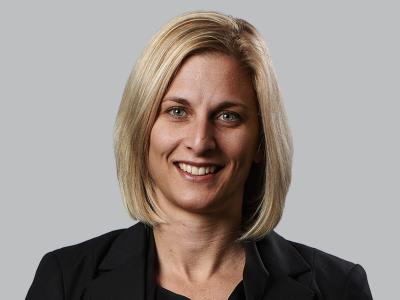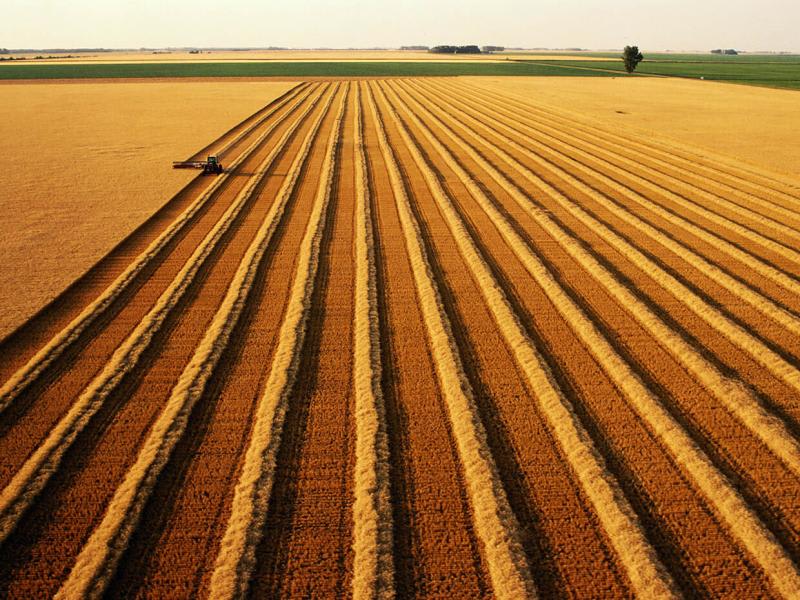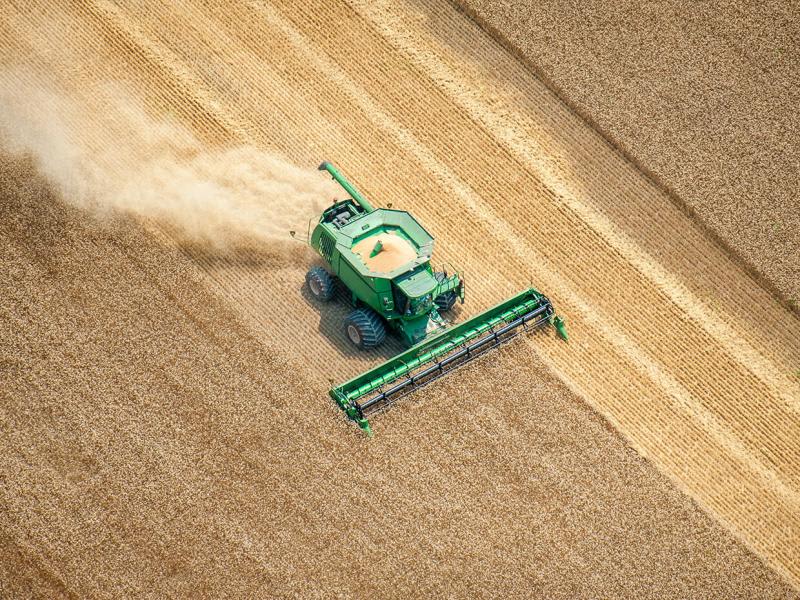Authors
Holding farmland inside an SMSF has long been a favoured strategy across Australia.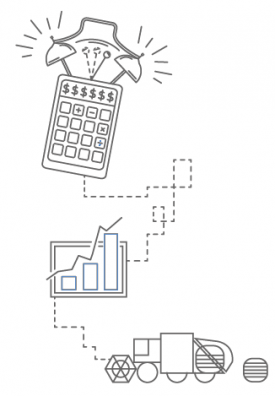
The ability to help fund your retirement by paying yourself a tax-deductible lease payment is very popular, as is the 15% tax rate inside an SMSF and the potential to minimise your assets for the $6 million small business assets test.
An SMSF allows you to take control of your money and help you drive your farming business forwards.
Unfortunately, it is all too often these positives that are considered and not the other factors.
Here are my top 3 questions to ask yourself when thinking about where to purchase.
1. Where do you want the land to end up?
This is the first question that you need to ask, and the most important.
Farmland is often different to other SMSF property ownership because it comes with an emotional tie and a desire to pass it on to the next generation.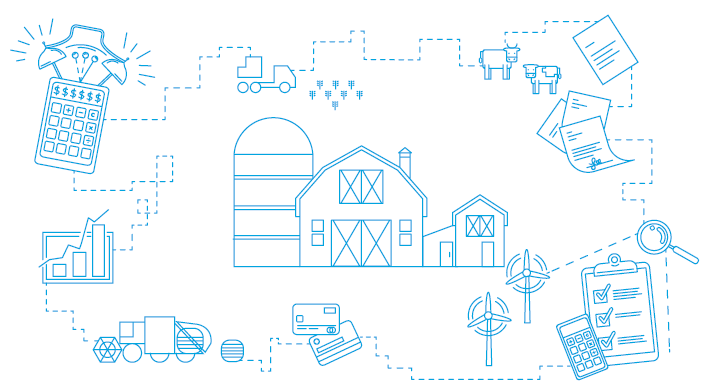
Having the farmland held inside an SMSF makes this more complicated because you need to consider how the land will be transferred to the next generation without stamp duty, and capital gains tax.
It is absolutely vital that you think about the exit before you even start – plans may change, but being aware of the pitfalls in advance will make it a much easier process.
2. Do you understand the restrictions and risks of an SMSF?
An SMSF is highly regulated, and full of rules and requirements.
You must make sure you deal with your SMSF on an arms length basis every year, which means a proper lease agreement, regular market and rent valuations and paying the rent every year.
In a bad year, you have to continue to pay the rent as you would with any other leased property – unfortunately, you don’t have the flexibility to choose to not pay if cash flow is tight.
Your SMSF needs to be audited each year, and the penalties for getting things wrong can be expensive.
The restrictions on SMSFs also mean you can’t use that land as security for any further investments, and if you want to borrow to buy the farmland you need to use a special type of loan that isn’t offered by most banks.
3. Do you know what happens to your superannuation when you die?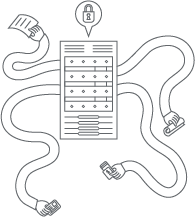
Morbid yes, but part of the planning needed for a successful SMSF is understanding exactly what happens to your superannuation when you die, and the hidden costs that may arise.
Your superannuation is not automatically covered by your will, so you need to carefully consider how you can make sure the farmland ends up in the right hands.
In addition, superannuation paid to an adult child can mean a death benefit tax that doesn’t exist if the land is held outside superannuation, and may cause cash flow complications if there isn’t enough money to pay the tax.
The key to making sure an SMSF is the right place to buy farmland is engaging with a specialist early and thinking ahead to help iron out the problems before they arise. It can be an incredibly powerful tool to help grow wealth, or a disaster waiting to happen.
If you have any questions regarding SMSFs, please contact your local RSM adviser to learn more.


